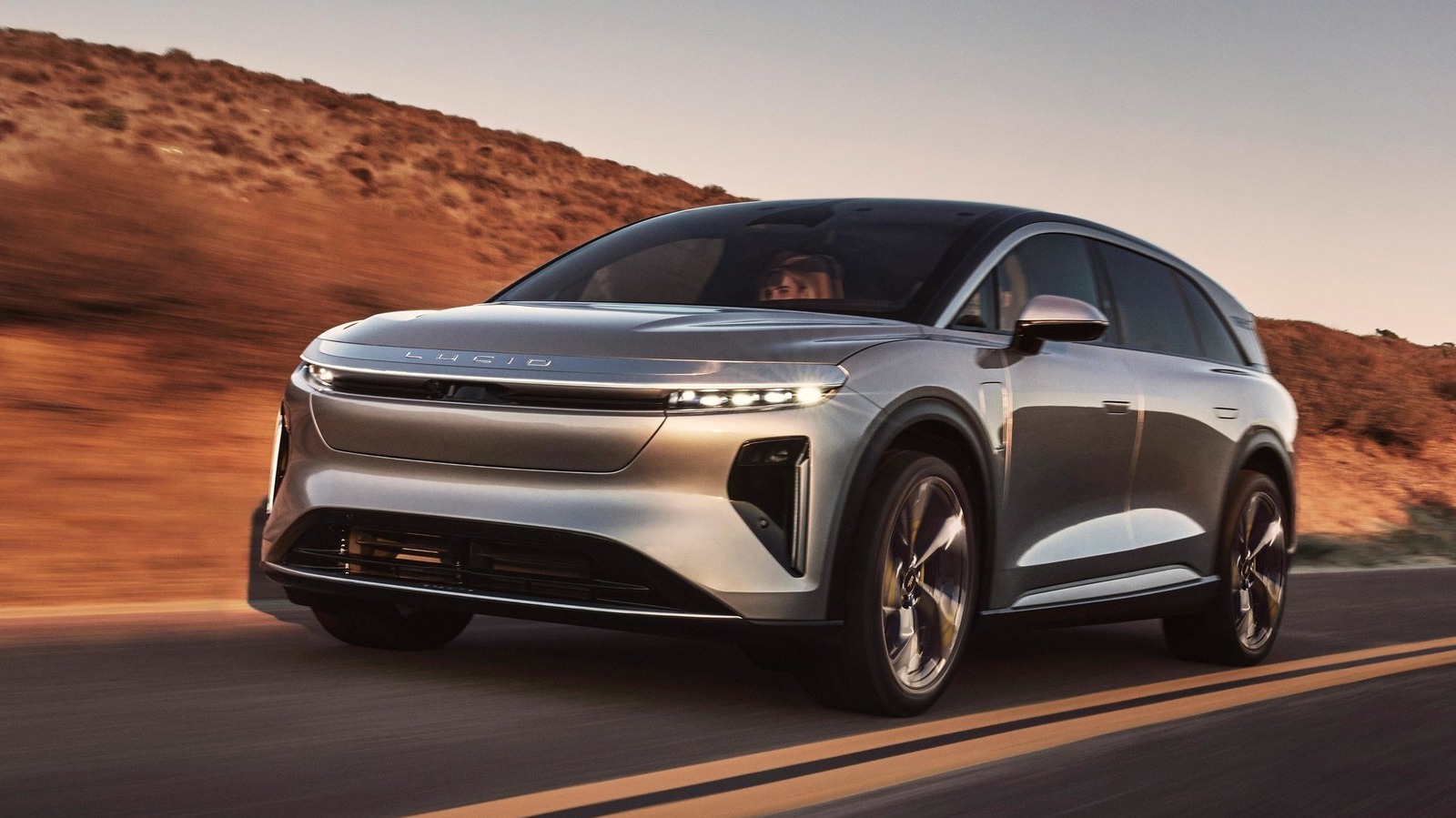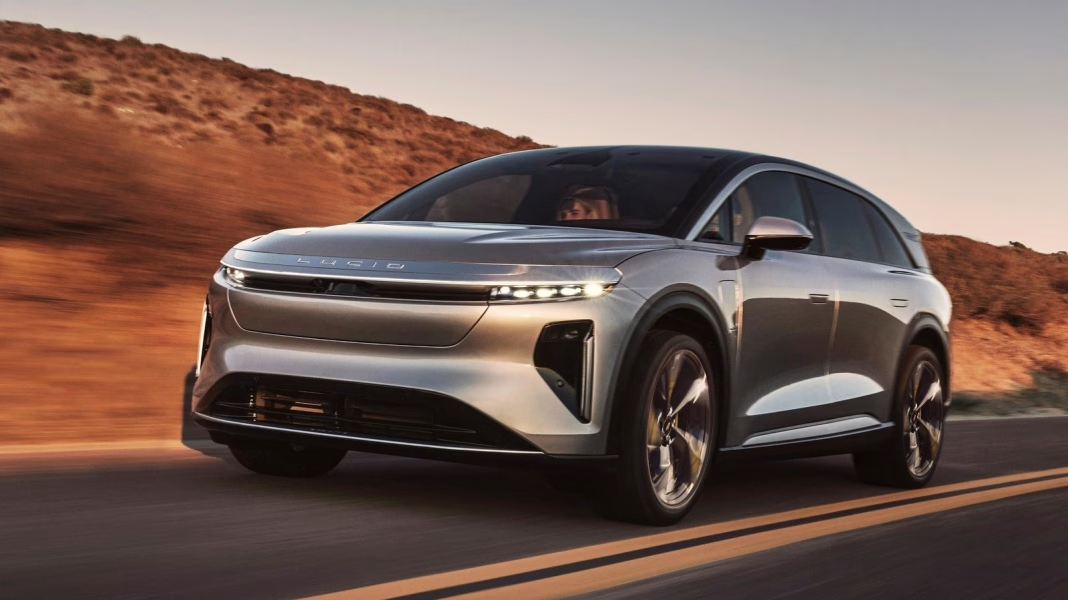How Much Copper Is Really Hiding in Your Car?
Is copper just for electric vehicles, or do gas-powered cars use a surprising amount too? It’s a question that’s been popping up more often as conversations about EVs and sustainability heat up. The answer might surprise you: copper is everywhere in modern vehicles, no matter what’s under the hood.
Why Do Cars Need So Much Copper?
Copper isn’t just a nice-to-have—it’s essential. This reddish metal is prized for its electrical conductivity, corrosion resistance, and malleability. In cars, those qualities translate to reliable wiring, efficient motors, and durable connectors. Even in traditional gasoline-powered vehicles, copper is the backbone of electrical systems. Think about everything that needs a steady flow of electricity: the starter motor, alternator, sensors, infotainment systems, and even the humble power window.
According to the Copper Development Association, the average internal combustion engine (ICE) vehicle contains about 18 to 49 pounds (8 to 22 kg) of copper. That’s not a typo. Hybrids and plug-in hybrids? They can pack in up to 85 pounds (39 kg). And fully electric vehicles? Some models tip the scales at over 180 pounds (82 kg) of copper per car. The more electrified the ride, the more copper it needs.
What Parts of a Car Use the Most Copper?
It’s not just the obvious places like wiring harnesses. Copper is woven into nearly every corner of a modern car. Here’s where you’ll find it:
– Wiring: The biggest consumer by far. Modern cars have up to a mile of copper wiring snaking through their frames.
– Electric motors: Essential for EVs and hybrids, but also found in power steering, seat adjusters, and window regulators in ICE vehicles.
– Connectors and terminals: Copper’s resistance to corrosion makes it perfect for the hundreds of electrical connections in your car.
– Radiators and brakes: Copper alloys are used in radiators for efficient heat transfer and in some brake pads for durability.
Anecdotally, mechanics often joke that if you stripped a car for copper, you’d have enough for a small art project. Not that you should try it, but it’s a testament to just how much is packed in.
Is Copper Demand Driving Up Car Prices?
With the global push toward electrification, copper demand is surging. The International Energy Agency projects that copper needs for EVs could increase tenfold by 2040. That’s a big leap. As a result, copper prices have seen significant volatility in recent years, which can ripple through to the cost of manufacturing vehicles—especially those loaded with advanced tech.
Automakers are responding by seeking more efficient designs, recycling copper from end-of-life vehicles, and even researching alternative materials. But for now, copper remains king.
How Does Copper Use Differ Between Gas, Hybrid, and Electric Cars?
The difference is dramatic. A standard gas-powered sedan might use 18 to 49 pounds of copper. Add a hybrid system, and you’re looking at nearly double that amount. Go fully electric, and the copper content can quadruple. Why? Electric motors, high-voltage batteries, and fast-charging systems all require thick, high-quality copper cables to safely handle the power.
For example, the Tesla Model S reportedly contains around 180 pounds of copper. Compare that to a typical gas-powered Toyota Camry, which uses closer to 40 pounds. The gulf widens as vehicles become more sophisticated and connected.
Are There Environmental Concerns With All This Copper?
Copper mining and processing aren’t without environmental impact. Extracting and refining copper requires significant energy and can generate waste. However, copper is highly recyclable—nearly 75% of all copper ever mined is still in use today, according to the International Copper Association. Automakers are increasingly tapping into recycled copper to reduce their environmental footprint.
The big takeaway? Whether you’re driving a gas guzzler or the latest EV, copper is quietly powering your journey. It’s not about perfection—it’s about smarter adjustments. Start with one change this week, and you’ll likely spot the difference by month’s end.


